Leading nanotechnology scientist wins award for research inspired by nature and its ability to create materials.


Leading nanotechnology scientist wins award for research inspired by nature and its ability to create materials.
New organic PTT agent based on nano-micelles encapsulating a small non-fluorescent NIR-absorbing dye shows excellent tumor ablation without toxicity.
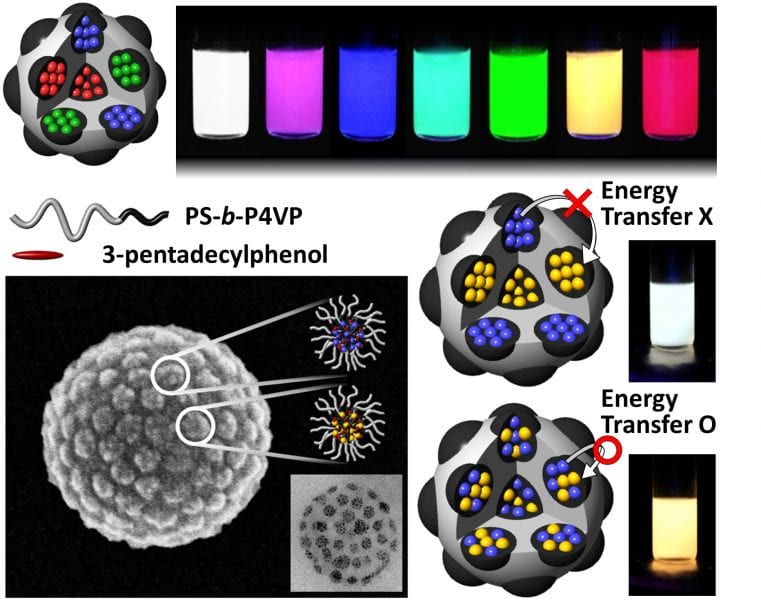
Controlled physical placement of quantum dots inside block copolymer microspheres determines the combined emission characteristics.
Lead nanoparticle-based product, NBTXR3, shows positive phase 1 intermin results in patients with Soft Tissue Sarcoma (STS).
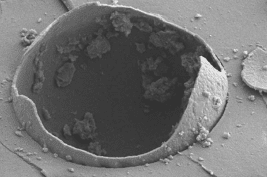
Developments in electrospinning core–shell nanofibres improve toughening and facilitate self-healing in nanofibre-reinforced polymer matrix composites.

Voltage-dependent diffraction switching makes a hybrid liquid crystal–carbon nanotube device a good candidate for high-resolution displays.
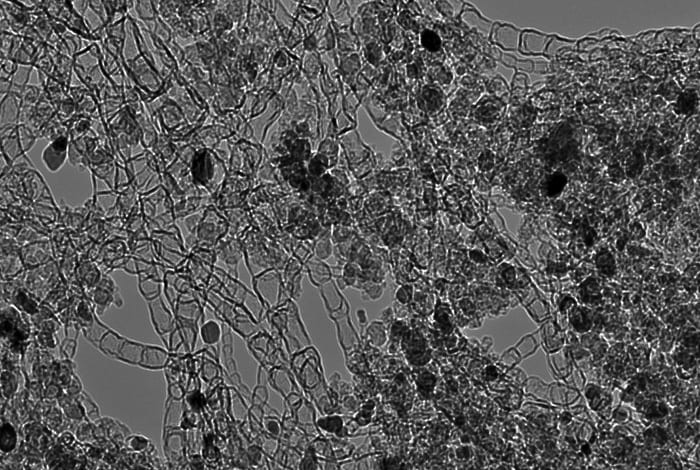
Economical non-precious-metal catalyst capitalizes on carbon nanotubes.
Researchers at the University of Illinois have developed a new flow-based method for manipulating and confining single particles in free solution.
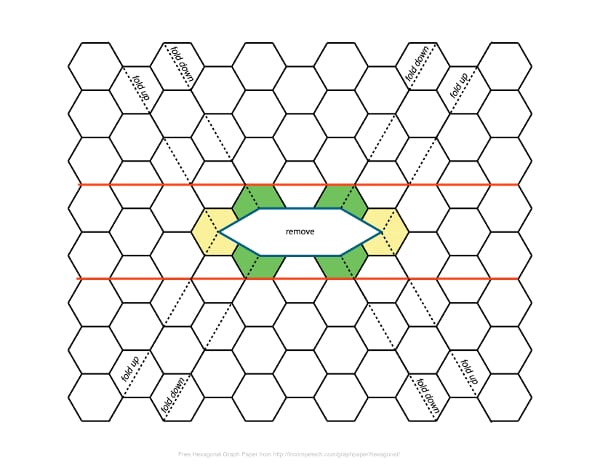
Research could ultimately lead to a drug-delivery device, an emergency shelter, or even a space station.
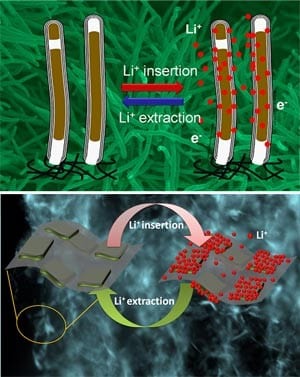
Scientists from the National Center for Nanoscience and Technology of China develop high-performance electrode materials for lithium-ion batteries.